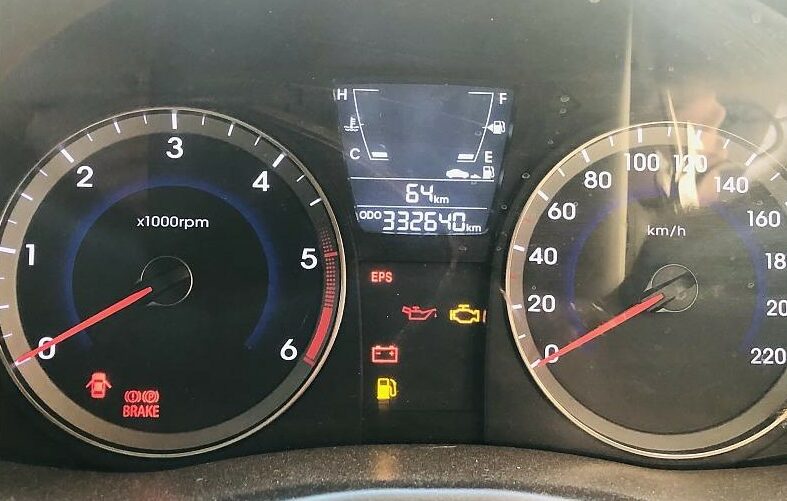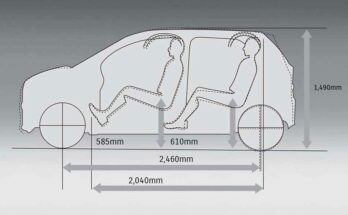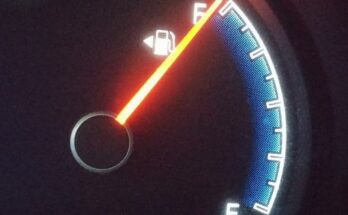Have you ever glanced down at your car’s instrument panel and noticed a small device labeled “trip”? This handy tool, called a trip meter, can provide a wealth of information about your car’s performance and help you keep track of essential maintenance tasks.
In older vehicles, this used to be an analog device, but in newer vehicles, it has transitioned into digital. Let’s explore everything you need to know about effectively utilizing the trip meter in your car.
Understanding the Basics of Your Trip Meter
At its most basic level, the trip meter is simply a tool for measuring distance. Most cars have two types of trip meters: one that measures the total distance (called the odometer) and one that measures individual trips (called the trip meter). To switch between the two, consult your vehicle owner’s manual. It’s also important to remember to reset the trip meter before each trip in order to get accurate readings.
Using Your Trip Meter for Maintenance
The trip meter can also be an invaluable tool for staying on top of vehicle maintenance. By using the trip meter to keep track of mileage, you can schedule oil changes and tire rotations at the appropriate intervals. This will help extend the life of your car and prevent serious mechanical issues down the line. It’s also a good idea to take note of any strange noises or changes in your car’s performance, as these could be warning signs of more serious problems.
Maximizing Your Trip Meter’s Potential
Some additional ways to get the most out of your trip meter are worth noting. For example, you can use the trip meter to plan road trips by calculating the distance between destinations and the amount of fuel needed. You can also use it to determine if you have enough fuel to make it to your destination or if you need to fill up along the way. By using these tips to utilize your trip meter fully, you’ll be able to maximize your car’s performance as well as avoid costly repairs.
Using Your Trip Meter for Fuel Economy
Perhaps the most useful application of the trip meter is for monitoring your car’s fuel economy. By calculating the distance traveled since your last fill-up and dividing it by the amount of fuel you added, you can determine your car’s fuel efficiency. Thankfully newer cars have multiple trip meter reading options which means you can track home-to-office distance using Trip A and use Trip B to measure traveling on weekends.

Additionally, the trip meter can help you monitor your driving habits and identify areas where you can improve your fuel economy. If you notice that your fuel economy is lower than usual, try driving at a more moderate speed or reducing the amount of time you spend idling.
Conclusion
In conclusion, a trip meter is a powerful tool that can provide important information about your car’s performance and help you keep track of key maintenance tasks. By using the trip meter to monitor your driving habits, fuel efficiency, and mileage, you’ll be able to extend the life of your vehicle and avoid costly repairs. So take a moment to familiarize yourself with your car’s trip meter and start utilizing its full potential today.

I don’t eat, sleep or dream of cars, I am just someone who loves to see, think & write about cars. I love Ferrari in Pink but they won’t make one for me. I use X to write my full name, but that doesn’t mean I’m inspired by Altis X, in fact, my dad hates it 😀 Btw I’m an occasional writer so don’t expect too much from me 🙂




